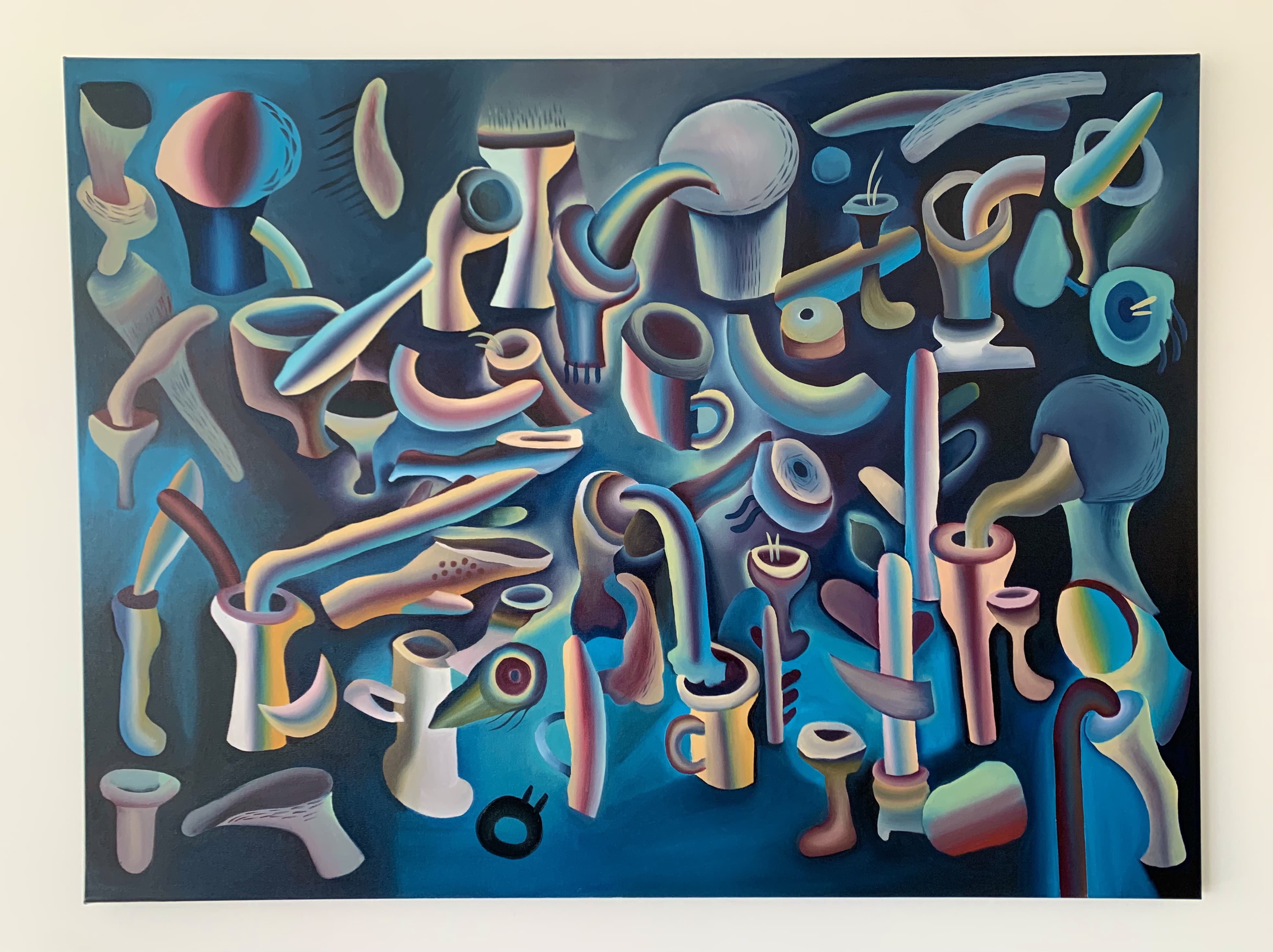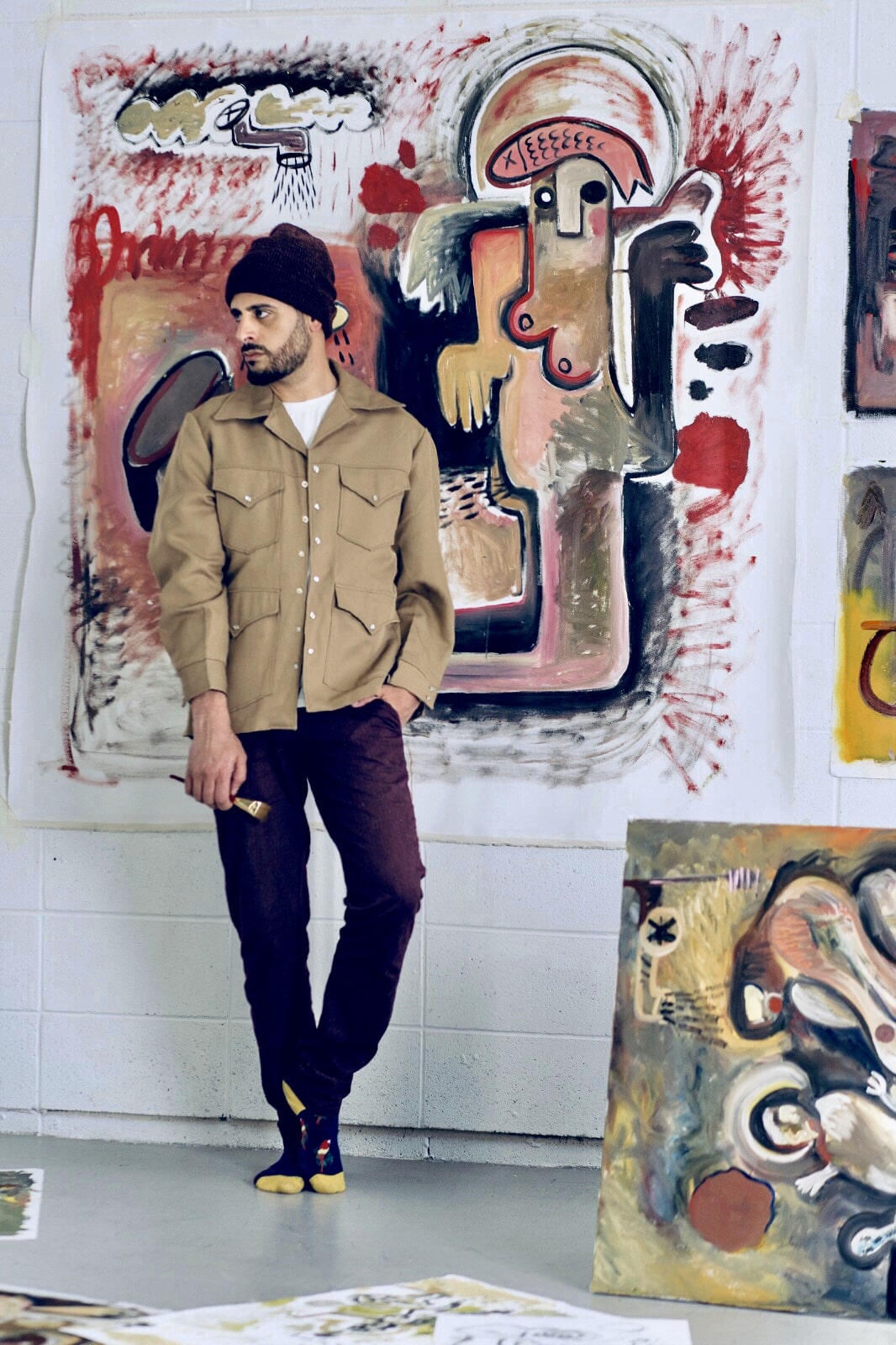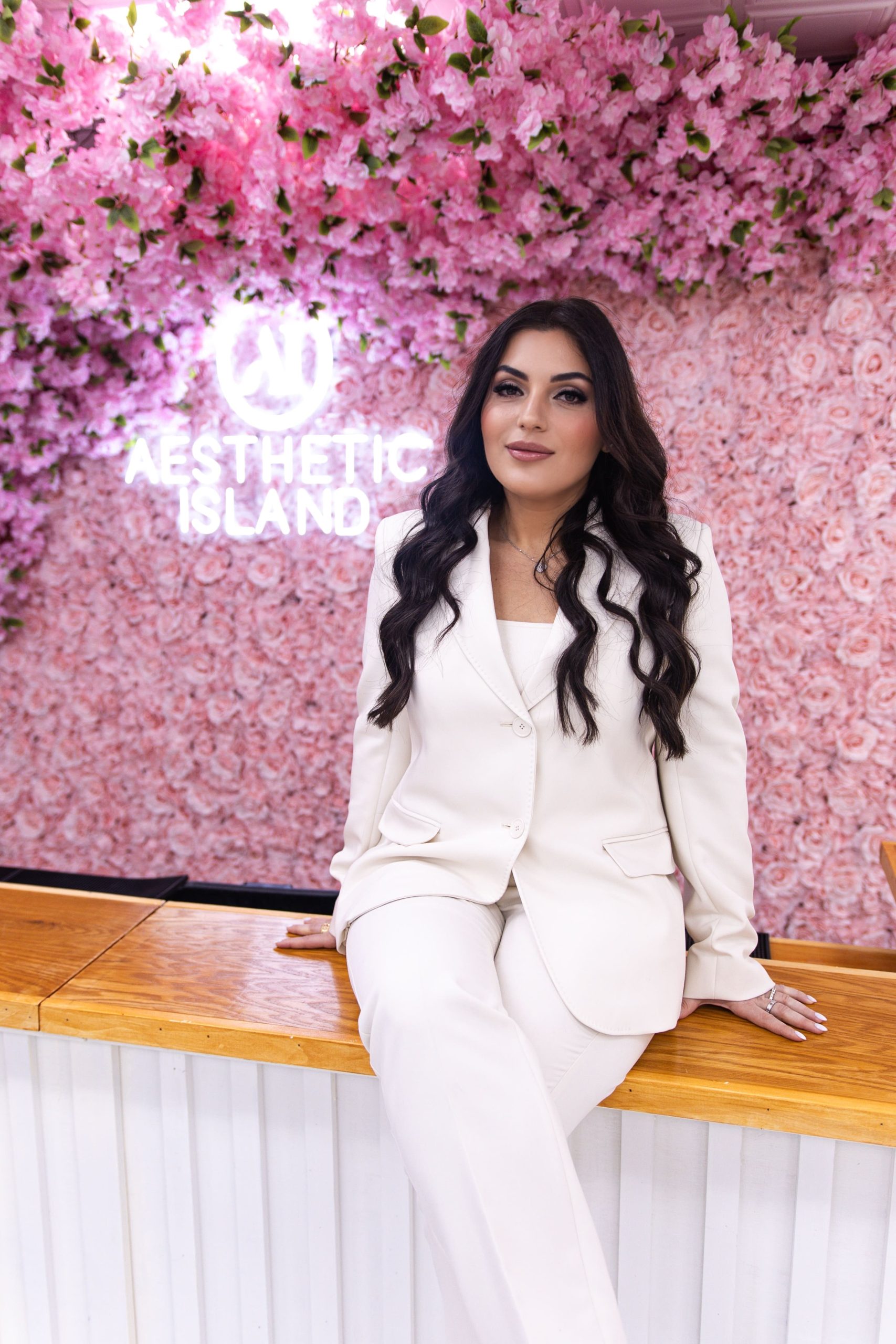Lifestyle
Art Under Occupation: Palestinian-Canadian artist Hanny Khoury talks art, identity, and belonging

Palestinian-Canadian artist Hanny Khoury has spent years thoughtfully exploring his identity, trying to establish his understanding of what it means to be Palestinian.Art has always been his lifeline, an outlet where he channels frustrations and emotions, seeking a means of representing his past in a way that empathizes with an international audience. From Palestine to Canada, his journey has been difficult and encouraging, a true redemption arc that’s far from over.
Khoury grew up in a small village in historical Palestine-one of six children-under the Israeli occupation. As far back as he can remember, his identity, and the identities of his family and neighbors, were conflated with the information being spread by the occupation. “You are a Palestinian, a minority living under occupation. The environment is weird, nothing is clear.You can’t identify yourself and you don’t grow up with a clear identity that’s solid,” says Khoury.“From school to the media, the occupation is basically programming your brain, to make you forget your identity.”

Art was the one thing that could ground Khoury to something tangible. It was a means of coping with the instability of his daily life and allowed him to express his confusion. As he describes, it was a means of creating an entirely new world: “It’s like I was creating my own environment, my own life, the way I wanted it to be. With time, art became a healing process for me. It became the one thing through which I rebuild the relationship with everything around me and make peace with it. Heal it. That’s how art spoke to me. Art became like food for me, or water.”Even when his parents struggled to afford necessities, his mother would use soil and flowers to make natural pigments he could paint with. Walls, doors, broken pieces of wood-anything could serve as a canvas in Khoury’s eyes.
Eventually, after years of tension, both internally and with his environment, he made his way to Canada. This fresh start opened his mind, and he finally found the space and time to focus on his practice. It was during this period that he began to consider the parameters of being a Palestinian artist in a contemporary context. As a child, Khoury’s sources of artistic inspiration were limited to what was acceptable under the occupation. Names from Western art history, like Salvador Dali and Pablo Picasso, were tolerable, but examples of Palestinian art were scarce. “Back then, I didn’t have anything that made me a Palestinian artist. I got this sense of belonging later in life, through my own research. I developedan awareness about our existence as Palestinians and then my art started to belong to the history and the story of Palestine. Before that, I didn’t have the opportunity to learn that information,” says Khoury.

Through his studies and careful research, Khoury began to form his own idea about the critical difference between being a Palestinian artist and producing Palestine art. “I think the Palestinian story of identity loss, it had its own time,” he explains.“Silman Mansour, Nabil Anani, Ismail Shammout-those artists had to do it because they had to construct their identity and the identity of the Palestinian people. For us, as the young generation in or from Palestine, we must do something different. We have to work with an international language, while still belonging to the Palestinian identity.” Khoury’s search for identity is also a search for expression, finding a way to leverage Palestinian form to resonate on an international, even universal, level.
Currently represented by Mark Hachem Gallery, Khoury’s work is set to make an impression on audiences around the world. He has already made great strides with his ability to translate his own experiences into a visual, emotionallanguage that anyone can connect with. “What I have suffered in my life, the experiences, the journey I had in Palestine-this is what developed my international language of art. This is where it came from. The figures, the colors, the balance. Everything that makes up my work is Palestinian, but the figures themselves aren’t necessarily Palestinian,” he explains. “Art is translating the time period that we live in, visually.The modern world of art is not translating specific moments, it’s translating specific emotions. We talk about our conflicts, our difficulties, our pain, the system. That’s what we talk about as artists. So, when we look at art, it should deliver emotion. It doesn’t necessarily have to do with belonging to the physical world. It can be connected to the emotional world, or faith.” Confident and passionate, Khoury is forging ahead with a new vision of what Palestinian art could be, offering the next generation of young artists what he was denied growing up: an inspirational figure.
Lifestyle
Glow and Beyond: Aesthetic Island’s Signature Approach to Beauty

Brooklyn’s Aesthetic Island has become the go-to destination for clients seeking advanced med spa treatments that merge artistry with clinical precision. Under the direction of board-certified Nurse Practitioner and educator Eva Israilova, the spa offers a wide range of services designed to refresh, restore, and refine the face and body. From injectables and thread lifts to non-invasive contouring, each treatment is customized for results that balance natural beauty with transformative impact.
Conveniently located on Coney Island Avenue, Aesthetic Island accommodates the city’s fast-paced lifestyle with flexible scheduling and carefully tailored care. Every client begins with a thorough review of their health history, lifestyle, and personal goals, ensuring that treatments meet the highest standards of safety and efficacy. Volume restoration with fillers such as Radiesse and Sculptra, PDO threads for subtle lifting, and HydraFacials or chemical peels for skin clarity are all thoughtfully integrated into treatment plans.
Among the most popular services is the non-surgical nose enhancement with dermal fillers, which delivers immediate improvements with refined precision. Small adjustments to the bridge, tip, or profile create elegant results that elevate confidence while maintaining a natural look.
The spa is also recognized for its CO2 laser program, often described as the ultimate reset for the skin. By resurfacing the outer layers while encouraging deep collagen renewal, the treatment smooths texture, minimizes damage, and restores firmness. Paired with Morpheus8, it becomes one of the most effective combinations available for total skin rejuvenation.
Complementing these signature offerings, Aesthetic Island also provides holistic services such as IV therapy, laser hair removal, and weight-loss programs, making it a comprehensive beauty destination. Eva extends her expertise beyond her clients through professional training, mentoring the next generation of practitioners in injectables, threads, and advanced non-invasive procedures. The result is a med spa that defines the future of aesthetic care in New York.
-

 Tech4 years ago
Tech4 years agoEffuel Reviews (2021) – Effuel ECO OBD2 Saves Fuel, and Reduce Gas Cost? Effuel Customer Reviews
-

 Tech6 years ago
Tech6 years agoBosch Power Tools India Launches ‘Cordless Matlab Bosch’ Campaign to Demonstrate the Power of Cordless
-

 Lifestyle6 years ago
Lifestyle6 years agoCatholic Cases App brings Church’s Moral Teachings to Androids and iPhones
-

 Lifestyle5 years ago
Lifestyle5 years agoEast Side Hype x Billionaire Boys Club. Hottest New Streetwear Releases in Utah.
-

 Tech7 years ago
Tech7 years agoCloud Buyers & Investors to Profit in the Future
-

 Lifestyle5 years ago
Lifestyle5 years agoThe Midas of Cosmetic Dermatology: Dr. Simon Ourian
-

 Health6 years ago
Health6 years agoCBDistillery Review: Is it a scam?
-

 Entertainment6 years ago
Entertainment6 years agoAvengers Endgame now Available on 123Movies for Download & Streaming for Free
